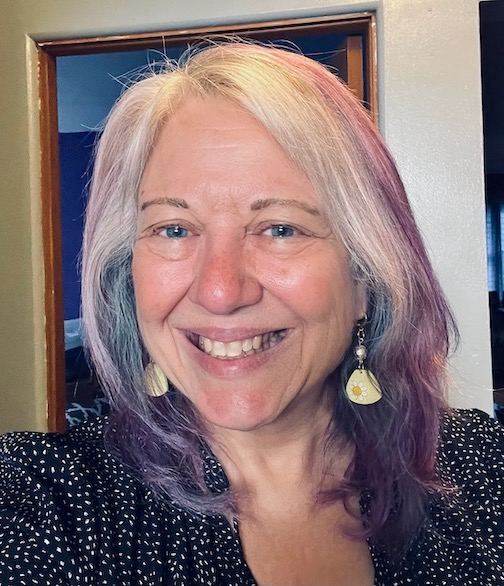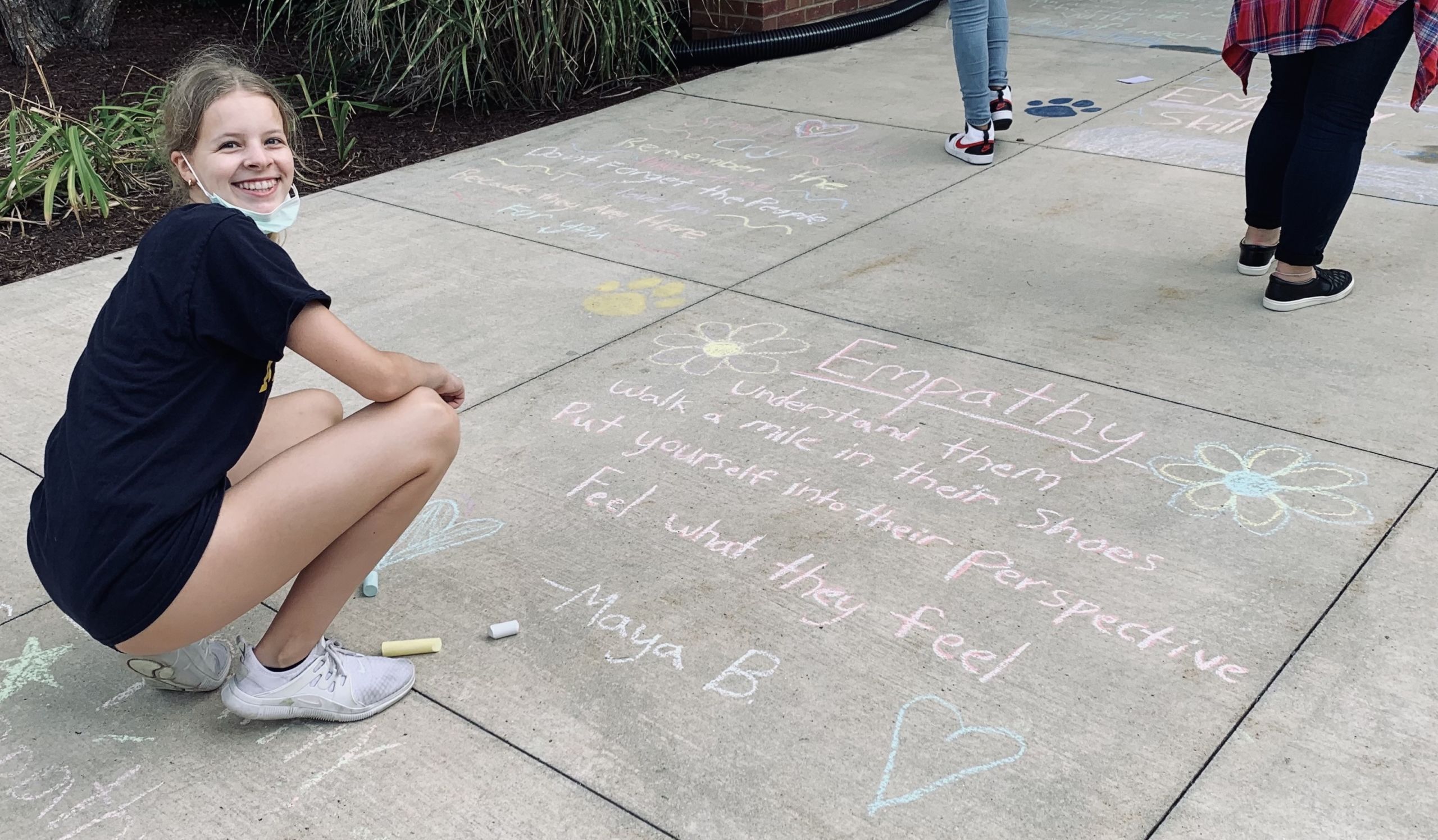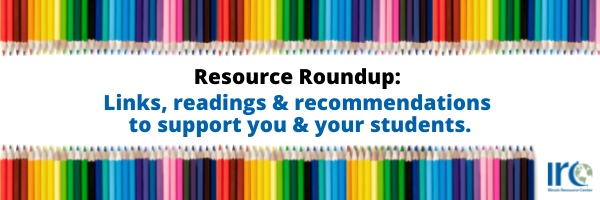 Over the past few weeks, the IRC has asked members of our community to nominate Illinois teachers working with multicultural, multilingual students who are going above and beyond, and now, we’re celebrating them and highlighting their work. Keep an eye out for these features in the coming months – and if you’d like to nominate someone, email leanet@cntrmail.org. Next up is Julie McGovern, an English Language Arts teacher at Gurrie Middle School in La Grange.
Over the past few weeks, the IRC has asked members of our community to nominate Illinois teachers working with multicultural, multilingual students who are going above and beyond, and now, we’re celebrating them and highlighting their work. Keep an eye out for these features in the coming months – and if you’d like to nominate someone, email leanet@cntrmail.org. Next up is Julie McGovern, an English Language Arts teacher at Gurrie Middle School in La Grange.
Says Jane Falvey, who nominated her: “The most inclusive, equitable, and creative educator is Dr. Julie McGovern. She is an 8th grade English Language Arts teacher at Gurrie Middle School in D105. (Gurrie is unique in that part of the students are high income, and part are low income.) Julie is a proponent of equity in education. Julie has many Latinx students in her classes. She is a great advocate for our immigrant and first generation community. Although she is not an ML teacher, she has always creatively included our MLs in projects. For example, when I taught at the middle school with her, Julie was always willing to collaborate with my class. Students would write stories together, an new immigrant with a non-ML who spoke Spanish. The two Spanish-speaking students would collaborate, then one student would write the story in English, and the ML student would write it in Spanish. Another example is when my ML class would finish a project (eg: lithium-ion batteries that burst into flames, hoverboards, soccer v. hurling) her class would be an authentic audience for them. Dr. McGovern uses culturally relevant literature and topics with her classes. Julie does not speak Spanish, but has worked to make 8th grade English relevant to her students. She has let students read books in Spanish as well as English, write in Spanish and English. Julie always has culturally relevant material and topics for her students. Dr. Julie McGovern is a treasure to the ML community.”
For Dr. Julie McGovern, every year in her class at Gurrie Middle School starts with a very important lesson—one on empathy. At Gurrie Middle School, many students from a variety of socioeconomic and cultural backgrounds are coming together for the first time. From having her advisories make multilingual welcome posters to utilizing lessons from Facing History and Ourselves to learn about media portrayals and stereotypes of different groups, to being intentional about mixing groups of kids for discussions, there are many strategies she uses to contribute to greater understanding and collaboration among her students of different backgrounds.
“What I tell my students in all my classes, in every single class, at the beginning of the year, is that every person has a story and every person’s story is valid,” McGovern says.
And McGovern employs a variety of tools and strategies to empower students to authentically tell their own stories. Students in McGovern’s class are encouraged to read and write in Spanish if they are more authentically able to learn and express themselves while doing so. In the last school year prior to the pandemic, her students used the platform Blogger to host private blogs to practice writing and engage in free write activities. One of her students wrote a beautiful letter to her mother, who spoke only Spanish. McGovern asked if she wanted to write the letter in Spanish. The student agreed and gave the letter to her mother, who was moved to tears by her daughter’s tribute.
“That’s as authentic as you can get,” she says. “I was so proud of her for choosing to write like that and going through and giving it to her mom. I think those kinds of experiences are really powerful for all students.”
McGovern encourages students to adapt classroom assignments to make them relevant and authentic to their experiences and learning goals. When she taught a unit on dystopian literature, and as part of that, students were given an assignment where they had to pick a social justice topic that was important to them. One of her students wrote about the impact of the Covid-19 pandemic in the Latinx community, conducted research, wrote it in Spanish and sent their project into a Spanish-language news outlet.
Last school year, she had some bilingual students with family in Ukraine, and after facilitating conversations with them about the conflict, a group of the students created a podcast discussing what was happening in Ukraine and celebrating Ukrainian culture.
McGovern advises fellow educators who want to foster empathy to start with just being there for their students. On a practical level, that looks like not just calling on students who have their hands raised, but fostering an environment where everyone feels comfortable participating and taking safe risks. She advises taking time at the beginning of the year to step away from the curriculum and focus on relationship building in the classroom, and being unafraid to discuss hard topics with students—citing the protests in the wake of the murder of George Floyd and issues at the U.S. border as examples that have been relevant to her students.
“The way to build empathy in the classroom is for students to see you’re going to stand up for them,” she says. “Once they see you as a model, they will see that in each other.”



